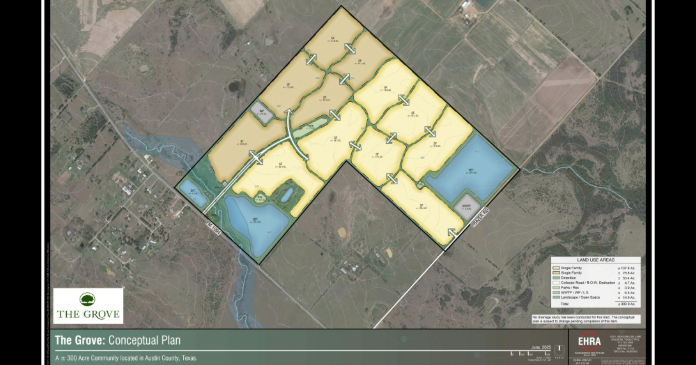A new report from TransUnion paints a relatively positive picture of the financial positions of America’s renters as we head into 2021.
Collecting the data
TransUnion has done an analysis of renter credit activity data the company has collected since 2016 to assess the financial stress on today’s renters in the context of recent history. The analysis looked at information from almost 3,000,000 renters and over 10,000 properties. The data indicates that renters are in surprisingly good shape given the turmoil of the past year.
The study did not look primarily at rent collections but rather looked at all credit usage by the renters. It looked for signs of distress such as rising debt levels or increasing numbers of renters with delinquent accounts.
Presenting the results
The results of the TransUnion analysis of renter debt are given in the following table along with their projection for where renters will be at the end of 2021.
| 4Q ’18 | 4Q ’19 | 4Q ’20 | 4Q ’21 | |
| Renters with an account 60+ days delinquent (percent) |
24.2 | 24.7 | 23.1 | 24.0 |
| Total debt | $30,381 | $31,113 | $30,592 | $30,284 |
The report indicates that the debt levels of renters and the portion of renters with delinquent accounts actually went down in 2020 despite the economic carnage wrought by the COVID-19 inspired shutdowns. At the same time, TransUnion’s proprietary renter’s credit scoring measure, called ResidentScore, went up in 2020.
Not all indicators tracked by TransUnion told a positive story. The percentage of renters with an account in “acute relief” rose during 2020. Acute relief is when an account is in “a status of deferment, forbearance or noted as impacted by a natural disaster.” Prior to the pandemic, the portion of renters with such an account was only 0.3 percent. By June, this portion had risen to 7.3 percent before falling back to 3.6 percent by the end of the year.
How to explain the positive results?
TransUnion speculates that renters may have redirected money which they had previously used for discretionary spending into paying down debt. This agrees with information from other sources which indicated that people reacted to the uncertainty of the lockdowns by handling their finances more conservatively.
One example is that the website Statista.com reported that the US savings rate, which had been running between 7 and 8 percent for most of the 5 year span preceding the pandemic, jumped as high as 33.7 percent in the summer of 2020. It ended the year close to 13 percent. It appears that people have been saving a good portion of the money that the Federal Government has been pumping into the economy with the various relief bills it has passed.
Another example is a report by RealPage which suggested that renters were moving into less expensive units than they could qualify for. People appear to be behaving cautiously in the face of uncertainty.
Another interesting fact pointed out in the TransUnion report is that the percentage of renters responding to the Census Bureau’s Pulse survey saying that they had little to no confidence that they would be able to pay the next month’s rent has consistently been between 30 and 40 percent. At the same time, the portion of respondents who report actually being behind on their rent has never exceeded 18 percent. It appears that people are more gloomy about their future prospects than their situations actually warrant.
Looking ahead
The last column in the above table give’s TransUnion’s projection for where the renter population will be at the end of 2021. TransUnion predicts that the percentage of renters with a delinquent account will stay within the historical range and that their outstanding debt will continue to decrease, if only modestly. TransUnion also predicts that the percentage of renters with an account in acute relief will fall to 3.3 percent by the end of 2021.
While the future provides no guarantees, the TransUnion report is welcome news to a beleaguered housing industry. The full report can be found here.












